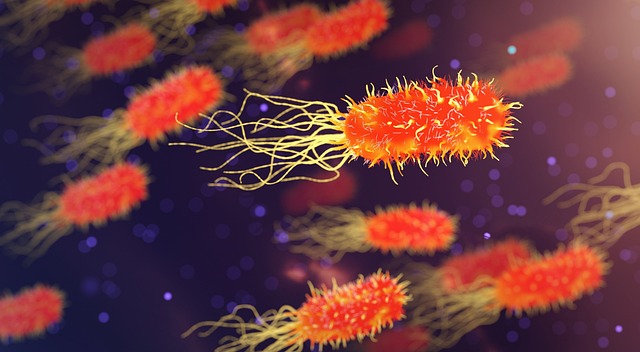Podcast: Play in new window | Download (Duration: 12:28 — 11.4MB) | Embed
Cefepime is a fourth-generation cephalosporin antibiotic with broad-spectrum activity against both gram-positive and gram-negative organisms, including Pseudomonas aeruginosa. It works by inhibiting bacterial cell wall synthesis through binding to penicillin-binding proteins, leading to cell lysis and death.
Clinically, cefepime is commonly used in hospital settings for serious infections such as pneumonia, febrile neutropenia, urinary tract infections, skin infections, and intra-abdominal infections. It’s typically administered intravenously, with doses often ranging from 1 to 2 grams every 8 to 12 hours depending on the indication and renal function.
From a pharmacokinetic standpoint, cefepime is primarily renally eliminated, so dose adjustments are required in patients with impaired kidney function. Failure to reduce the dose appropriately can lead to neurotoxicity — one of the key adverse effects associated with cefepime — manifesting as encephalopathy, confusion, myoclonus, or seizures, particularly in elderly or renally impaired patients.
Common side effects include gastrointestinal upset and rash. Cefepime has relatively limited drug interactions, though concurrent nephrotoxic agents can increase the risk of renal injury.
Be sure to check out our free Top 200 study guide – a 31 page PDF that is yours for FREE!
Support The Podcast and Check Out These Amazing Resources!
Meded101 Guide to Nursing Pharmacology (Amazon Highly Rated)
Guide to Drug Food Interactions (Amazon Best Seller)



